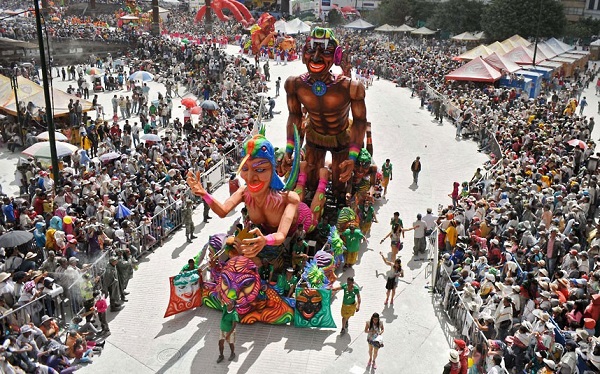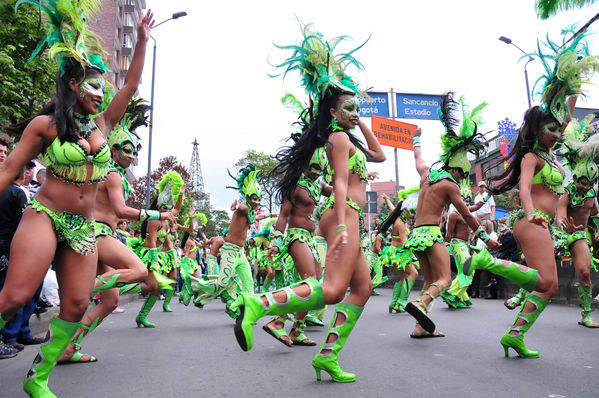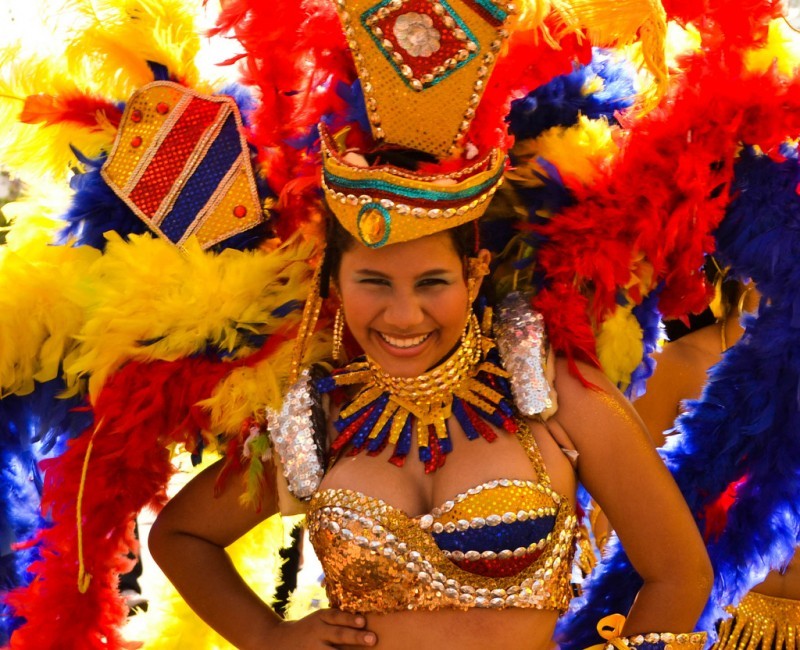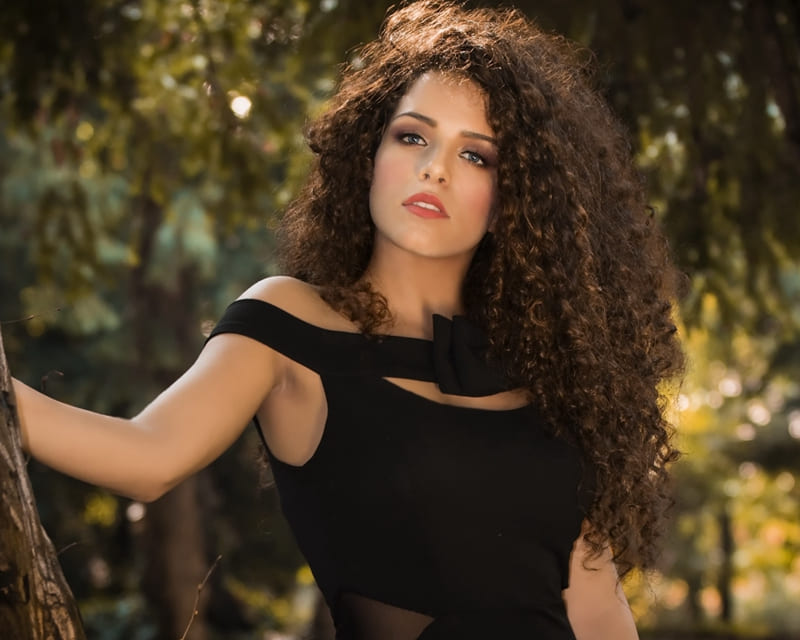The Colombians love celebrations, and this is reflected in the number of national public holidays Columbia has. It is one of the countries in the world with the most national public holidays – around 20 days of the year. As it is a Catholic country, the most important celebrations are held around Christmas and Easter time, although the religious elements of the celebrations are quite minimal.
Below are some of the festivals and holidays which attract the most locals and international visitors:
Black and White Festival (January) – This is a three-day carnival held in the city of Pasto in southeastern Colombia. It consists of a mixture of indigenous rituals, Spanish colonial, and later Colombian and Afro-Colombian traditions and customs. A pre-carnival is held on 28 December with spontaneous water-fights throughout the city. The actual festival begins on 4 January with a large parade commemorating the arrival of a family of legendary travelers to Pasto in the 1920s. On the second day (5 January), the assembled crowds all paint each other with black cosmetics or dress in black, and on the following day – the last day – large quantities of white talcum powder are thrown covering all those in the city. The name of the festival comes from the activities on these last two days.
Manizales Festival (January) – This is a week-long festival held between the first and second week of the New Year, with mixed traditions between Spanish/European – bull runs – and Colombian ones – with reference to the coffee industry. The height of the festival is a beauty pageant in which the ‘International Queen of Coffee’ is crowned.
Barranquilla Carnival (February) – this four-day festival has been awarded the status of a “Masterpiece of the oral and intangible heritage of humanity” by UN cultural body UNESCO for being one of the biggest events in the Colombian social calendar. The event features various days of parades, music, drinking and dancing in a city famous in Colombia for its active party scene.
World Salsa Festival (August) – This eight-day music festival in August is held in Cali, the world capital of salsa music, with a total of over 4,000 dancers, musicians and artists, and approximately 20 national orchestras all participating in the various events throughout the week, including shows, workshops, talks and practical salsa lessons for those attending.
Flower Festival (August) – This multi-day event attracts a huge amount of tourists to the city of Medellin. Some of the largest and most popular events traditionally include: the cabalgata (a booze-laden parade featuring more than 6,500 locals on horseback); the parade of the silleteros (locals carrying large ornate flower displays on their backs); the fondas (a selection of traditional bars representing each region of the country, assembled along the riverbanks); and the classic cars parade.
Pacific Coast’s Folklife Festival (August) – This festival, between 25 and 28 August, celebrates the artistic and cultural diversity of Buenaventura (on the Pacific Coast), of which the Afro-Colombian inhabitants provide a rich mixture of dance, music, food, literature and poetry and other traditions less evident elsewhere in the country.
Cartagena‘s Independence Celebration and National Beauty Pageant (November) – This festival celebrates Cartagena’s independence from the Spanish in 1811, featuring music, fireworks, and traditional dances. A beauty pageant for the Miss Universe competition is selected.
Festival of Cali (December) – This is a five-day festival held between Christmas and New Year, with an opening concert attended by approximately 60,000 people. As with Medellin’s Flower Festival, the numerous events held include a cabalgata and parade of classic cars. Cali’s festival generally has a greater focus on music concerts, and often attracts high profile Latin music stars.










